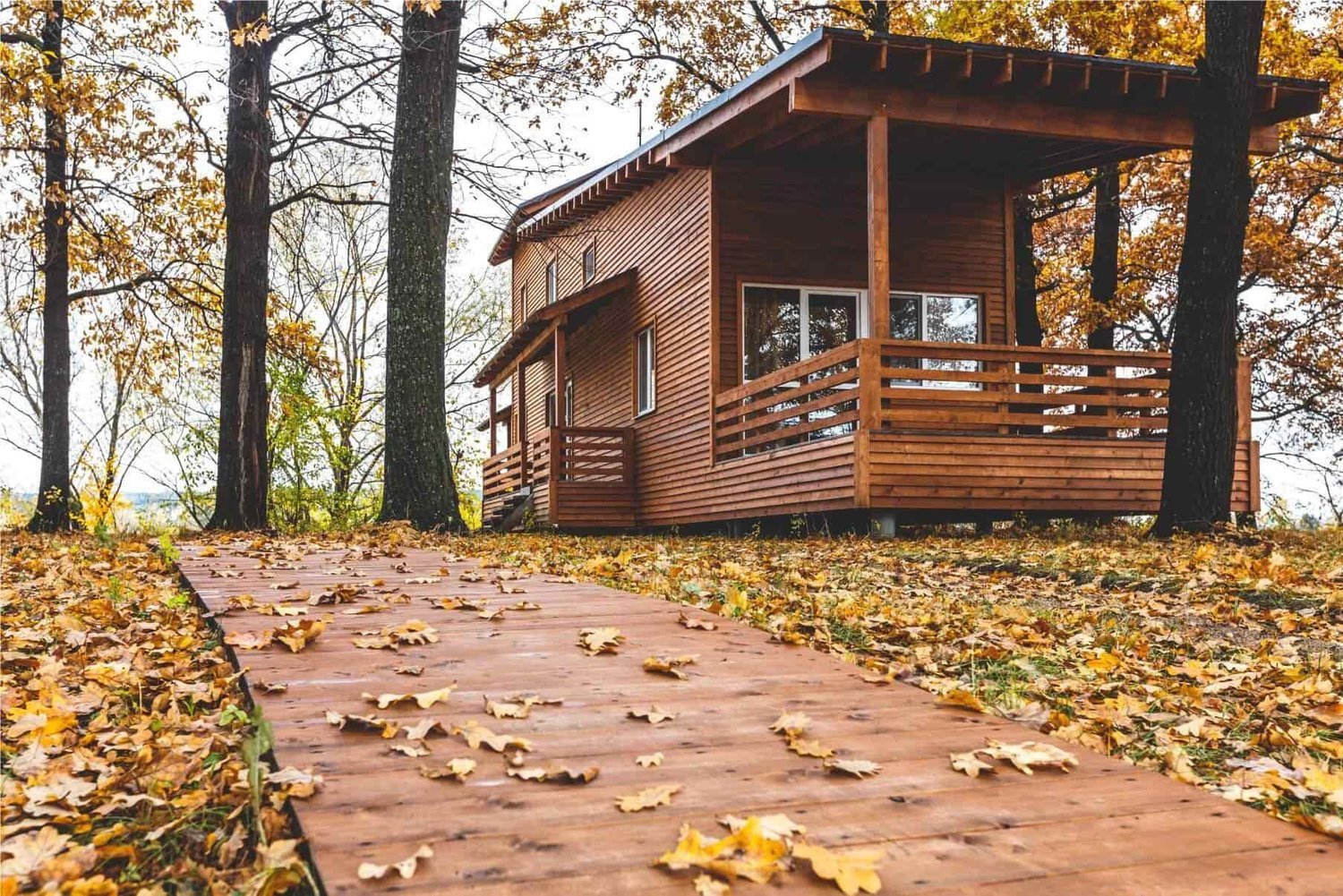What do mushrooms, old tires and straw have in common? They’re all green building materials that you can use for your home. Sustainable architecture uses natural or recycled materials to create more eco-efficient homes, which can help lower your energy bills and (in some cases) the cost of your home insurance policy.
While many of these structures look modern, most green buildings are made of simple materials that can also be found in stone castles, Hobbit homes and bamboo treehouses.
Read on to discover 15 green building materials you can use in home construction today and how to insure your green home, or jump to our infographic to discover sustainable architecture trends in action!











